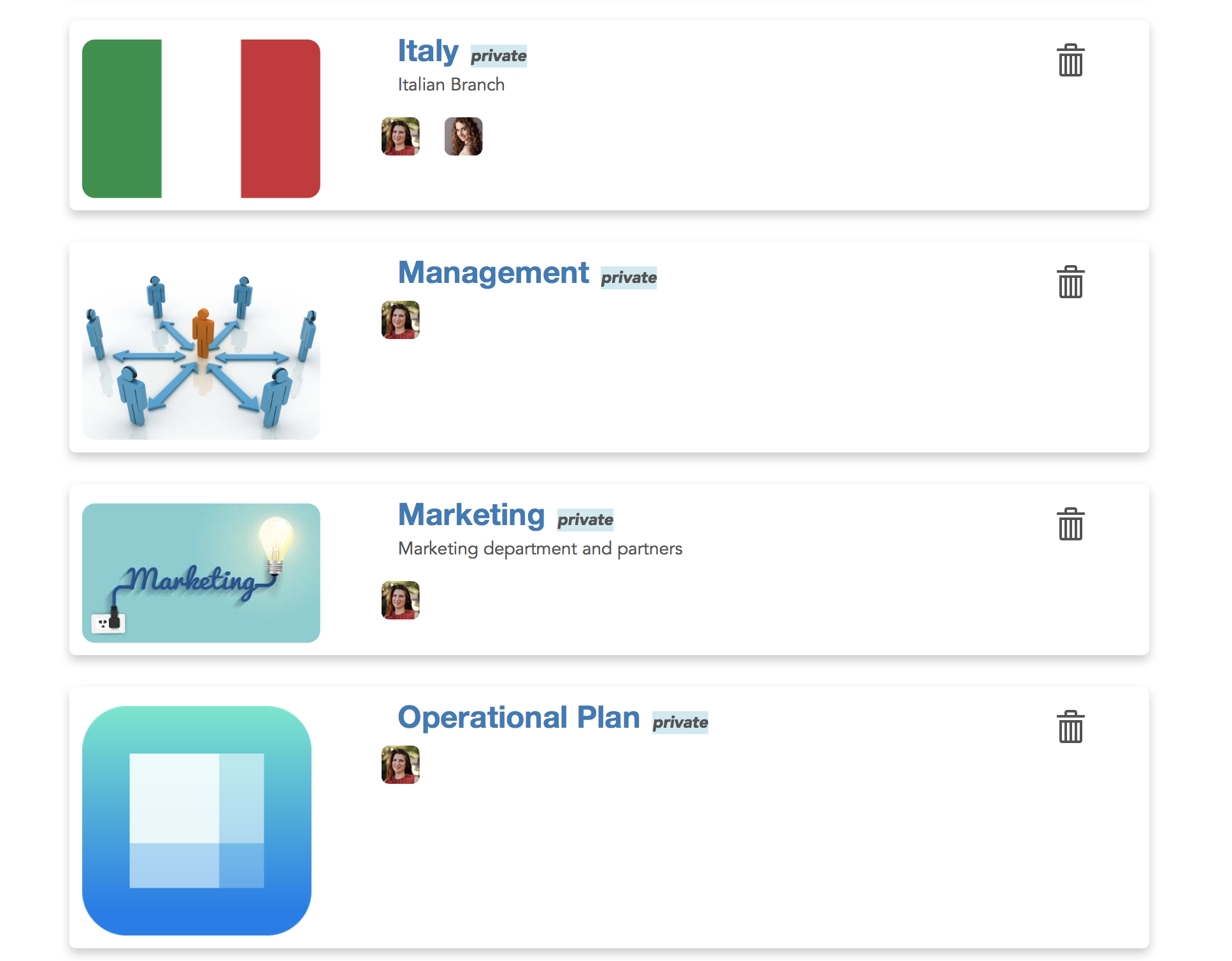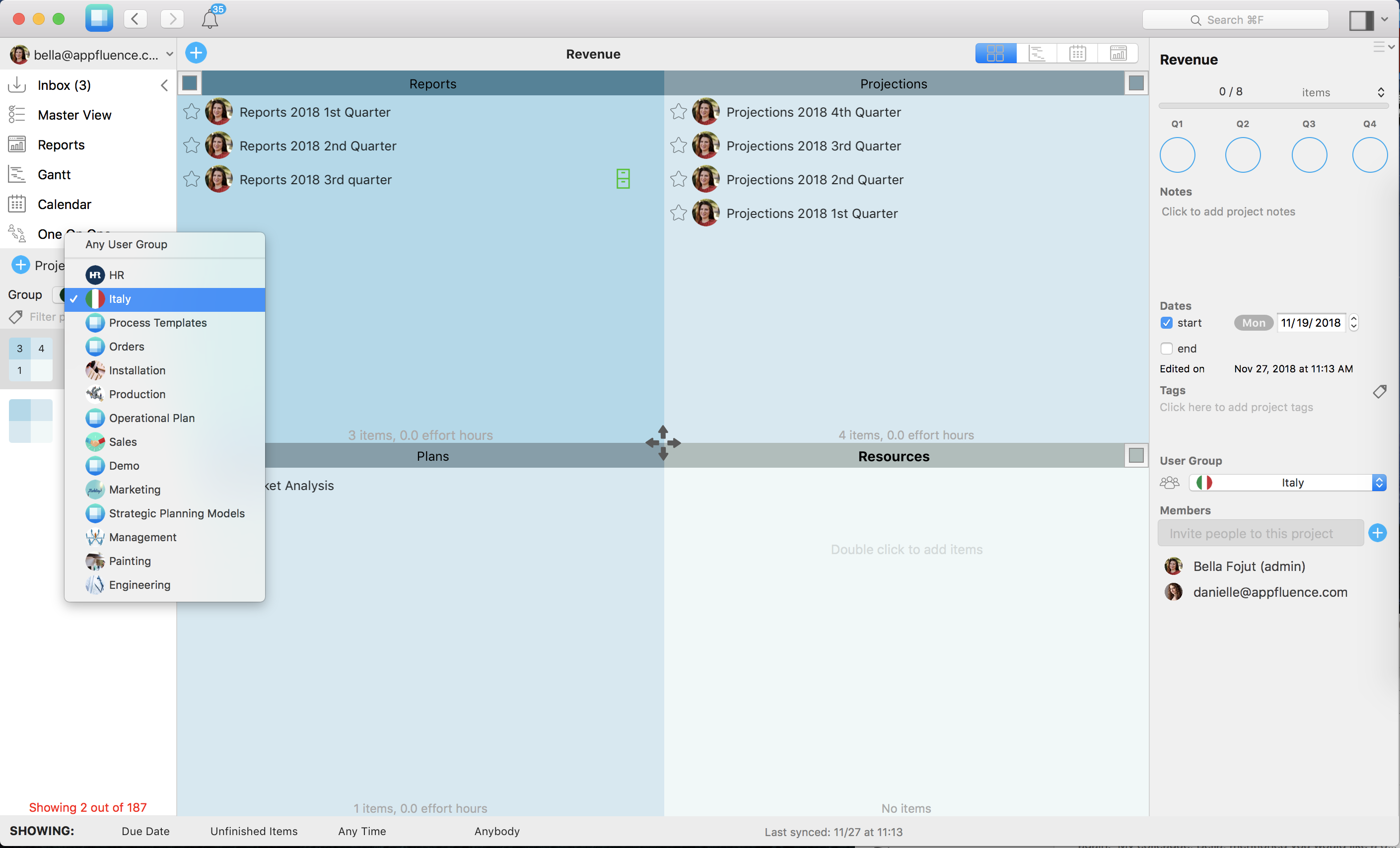Executive Responsibilities
No matter what an executive leader’s leadership method, their job takes them across multiple departments, functional areas and locations. It is the job of the executive to stand above it all and, from the big picture, forge a path for the company. The executive should be able to see it all. If they cannot, then it is critical that they resolve the blind spot immediately. Just because the executives role puts an emphasis on the big picture, does not mean that they must not also take moments to focus on a particular area alone. In fact, maintaining the quality of their high level understanding involves frequent swoops onto the ground. This action gives needed context that wraps each business unit and process into the big picture view which drives the executives.
Tools for the Big Picture View
In addition to relying on the information of their direct reports, many executives opt to deploy tools across the company. This way, they can more easily access the high-level and the granular details when needed. Priority Matrix is one example of a software that not only helps each organizational unite be more productive, but also provides executive leaders with visibility across each unit. While this universal visibility is a valuable, executives can often feel overwhelmed by the sheer amount of information. This is why many tools, including Priority Matrix, offer executives a way to filter out extra noise and focus one just one department or functional area. In addition, to filters and tags, Priority Matrix also has user groups.
Priority Matrix User Groups
Priority Matrix user groups not only group collaborators into functional teams, they group projects as well:

From the perspective of an executive with access to projects across the company, user groups lets executives easily focus on one group at a time when they wish. Whether the subject of focus is R&D, the Italian branch of the company, or the sales department, executives see what they need without distraction from anything else.
